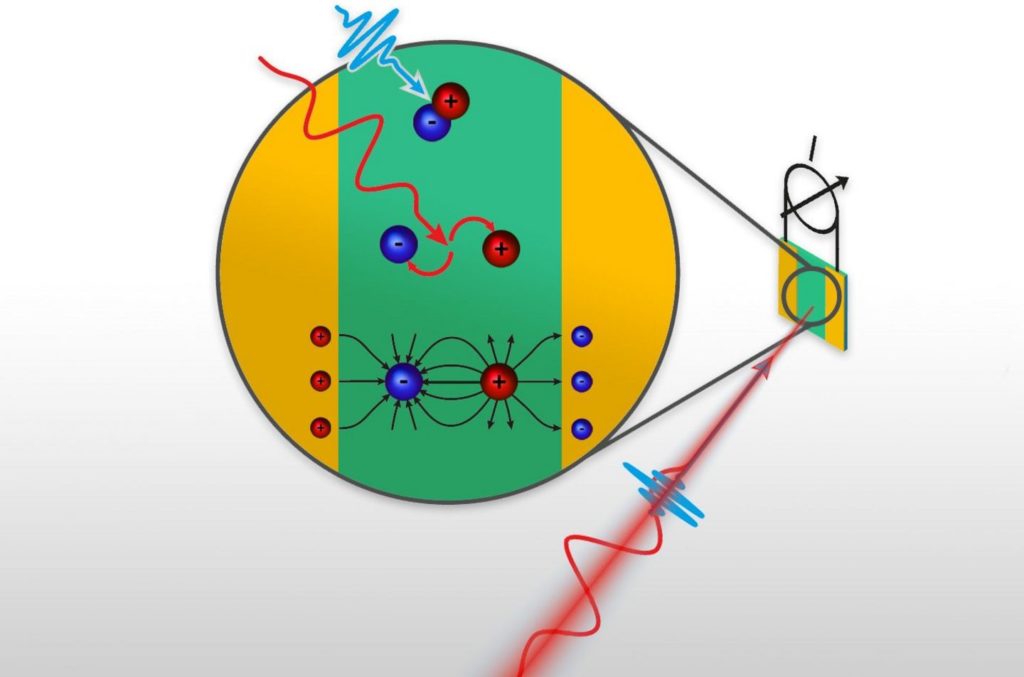
In a world grappling with a multitude of health threats—ranging from fast-spreading viruses to chronic diseases and drug-resistant bacteria—the need for quick, reliable, and easy-to-use home diagnostic tests has never been greater. Imagine a future where these tests can be done anywhere, by anyone, using a device as small and portable as your smartwatch. To do that, you need microchips capable of detecting miniscule concentrations of viruses or bacteria in the air.
Now, new research shows it’s possible to develop and buil...
Read More









Recent Comments